-
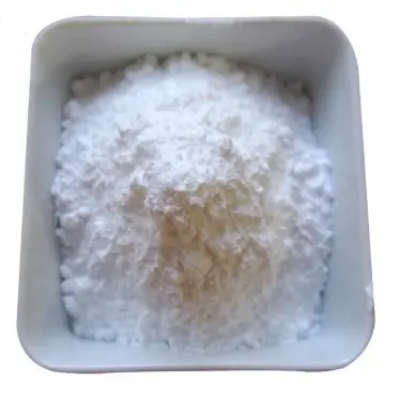
1,3-Dioxane CAS:505-22-6
1,3-Dioxane is a heterocyclic organic compound with the molecular formula C4H8O2. It consists of a six-membered ring containing two oxygen atoms at positions 1 and 3. This compound is known for its role as a solvent and stabilizer in various chemical applications.
-
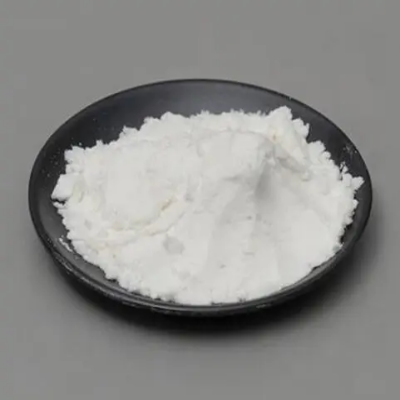
pyridine-3-sulfonyl chloride CAS:312307-38-3
Pyridine-3-sulfonyl chloride is a chemical compound recognized for its molecular structure, comprising a pyridine ring substituted with a sulfonyl chloride group at position 3. This configuration imparts specific chemical properties significant in synthetic chemistry and pharmaceutical applications. Synthesized through specialized organic chemistry techniques, this compound serves as a crucial reagent and intermediate for developing pharmaceuticals and functional materials, leveraging its unique structural motifs and reactivity.
-
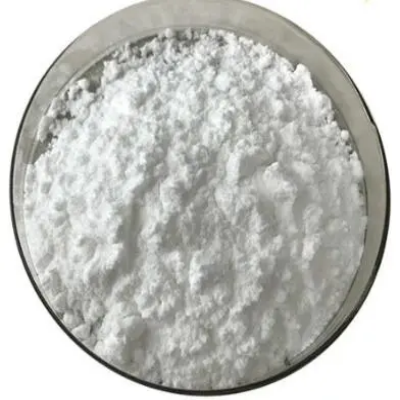
2-chloro-5-(2-fluorophenyl)-1H-pyrrole-3-carbonitrile CAS:1240948-72-4
2-chloro-5-(2-fluorophenyl)-1H-pyrrole-3-carbonitrile is a chemical compound distinguished by its molecular structure, comprising a pyrrole ring substituted with both a 2-fluorophenyl group and a chloro group at positions 5 and 2, respectively. This configuration imparts specific chemical properties significant in medicinal chemistry and material science. Synthesized through specialized organic chemistry techniques, this compound serves as a versatile scaffold for developing pharmaceuticals and functional materials, leveraging its unique structural motifs and reactivity.
-
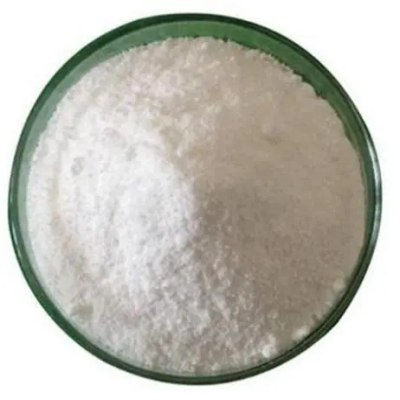
3-(2-chloropyriMidin-4-yl)-1-Methylindole CAS:1032452-86-0
3-(2-Chloropyrimidin-4-yl)-1-methylindole is a chemical compound notable for its fused heterocyclic structure, combining a pyrimidine ring substituted at the 2-position with a chloro group and an indole ring substituted with a methyl group at position 1. This unique structural configuration imparts specific chemical properties that make it valuable in organic synthesis and pharmaceutical development. Synthesized through established methods in organic chemistry, this compound serves as a key intermediate in the production of specialized materials and pharmaceuticals, leveraging its structural diversity.
-

(R)-(+)-1-(1-Naphthyl)ethylamine CAS:3886-70-2
(R)-(+)-1-(1-Naphthyl)ethylamine is a chemical compound renowned for its molecular structure, featuring an ethylamine backbone attached to a (R)-configured chiral center and a naphthyl group at position 1. This configuration imparts distinctive chemical properties significant in organic synthesis and pharmaceutical applications. Synthesized through specialized organic chemistry techniques, this compound serves as a pivotal building block for developing pharmaceuticals and functional materials, leveraging its unique structural motifs and stereochemistry.
-
![(4S)-3-[(5R)-5-(4-FLUOROPHENYL)-5-HYDROXYPENTANOYL]-4-PHENYL-1,3-OXAZOLIDIN-2-ONE CAS:189028-95-3](https://cdn.globalso.com/xindaobiotech/VYH6FUCIIBE_I7B6OOPY294.png)
(4S)-3-[(5R)-5-(4-FLUOROPHENYL)-5-HYDROXYPENTANOYL]-4-PHENYL-1,3-OXAZOLIDIN-2-ONE CAS:189028-95-3
(4S)-3-[(5R)-5-(4-FLUOROPHENYL)-5-HYDROXYPENTANOYL]-4-PHENYL-1,3-OXAZOLIDIN-2-ONE is a chemical compound belonging to the oxazolidinone class, characterized by its complex structure and pharmaceutical relevance. This compound is notable for its chirality and contains a phenyl group attached to a 1,3-oxazolidin-2-one ring system. The presence of a fluorophenyl group and a hydroxypentanoyl moiety confers specific chemical properties that are crucial for its biological activity and potential therapeutic applications. Synthesized through specialized methods, this oxazolidinone derivative exhibits promising pharmacological properties, making it a subject of interest in medicinal chemistry and drug development.
-
![2-[2-(2-Fluorophenyl)-2-oxoethyl]propanedinitrile CAS:312307-38-3](https://cdn.globalso.com/xindaobiotech/14Z4YR3PJ6@V5_YM320.png)
2-[2-(2-Fluorophenyl)-2-oxoethyl]propanedinitrile CAS:312307-38-3
2-[2-(2-Fluorophenyl)-2-oxoethyl]propanedinitrile is a chemical compound known for its complex molecular structure, comprising a propanedinitrile backbone substituted with a 2-fluorophenyl group attached to a 2-oxoethyl moiety. This arrangement gives rise to specific chemical properties that are significant in various scientific domains, particularly medicinal chemistry and material science. Synthesized using specialized organic chemistry techniques, this compound serves as a crucial building block for developing pharmaceuticals and functional materials, leveraging its unique structural features and reactivity.
-

O,O’-di-tert-butyl-L-threonine acetate CAS:5854-77-3
O,O’-di-tert-butyl-L-threonine acetate is a chemical compound notable for its molecular structure, which includes a threonine backbone substituted with two tert-butyl groups and an acetate moiety. This compound is significant in organic chemistry due to its unique stereochemistry and potential applications in pharmaceutical and biochemical research. Synthesized through specialized organic synthesis techniques, O,O’-di-tert-butyl-L-threonine acetate serves as a versatile building block and intermediate in the development of novel pharmaceuticals and biochemical probes.
-
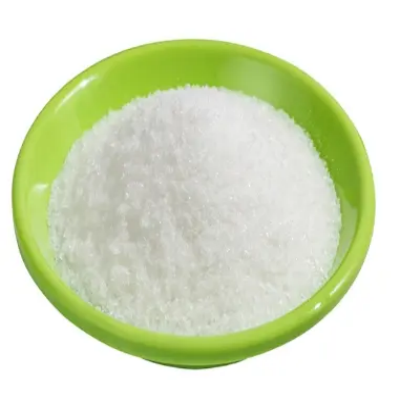
4-fluoro-2-Methoxy-5-nitroaniline CAS:1421372-66-8
4-Fluoro-2-methoxy-5-nitroaniline is a chemical compound known for its aromatic structure comprising a nitro group, a fluoro substituent, and a methoxy group attached to an aniline ring. This configuration gives it distinctive chemical properties suitable for various applications in organic synthesis and pharmaceutical research. Synthesized through established organic chemistry methods, this compound serves as a fundamental building block for creating specialized materials and pharmaceutical intermediates, leveraging its unique structural features.
-
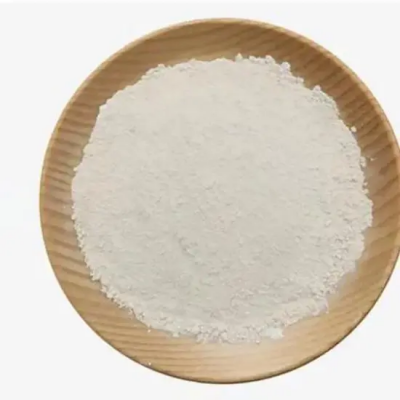
4-(4-Fluorobenzoyl)butyric acid CAS:149437-76-3
4-(4-Fluorobenzoyl)butyric acid is a chemical compound known for its structure comprising a butyric acid backbone with a 4-(4-fluorobenzoyl) substituent. This compound is notable in organic chemistry for its potential applications in pharmaceuticals and materials science. The presence of the fluorobenzoyl group alters its chemical properties, influencing its solubility, reactivity, and biological activities. Synthesized through established organic synthesis methods, 4-(4-fluorobenzoyl)butyric acid serves as a precursor or intermediate in the development of therapeutic agents and functional materials.
-
![4-[[(4-Fluorophenyl)imino]methyl]-phenol CAS:3382-63-6](https://cdn.globalso.com/xindaobiotech/K@NIE7HBAEP6E7J7DS252.png)
4-[[(4-Fluorophenyl)imino]methyl]-phenol CAS:3382-63-6
4-[[(4-Fluorophenyl)imino]methyl]-phenol is a chemical compound distinguished by its molecular structure, featuring a phenolic ring attached to a 4-fluorophenyl imine group. This configuration imbues the compound with unique chemical properties that are significant in both pharmaceutical and industrial applications. Synthesized through specialized organic chemistry techniques, this compound serves as a versatile building block in the development of pharmaceuticals and functional materials, owing to its distinctive structural motifs and reactivity.
-
![(4S)-3-[5-(4-Fluorophenyl)-1,5-dioxopenyl]-4-phenyl-2-oxazolidinone CAS:189028-93-1](https://cdn.globalso.com/xindaobiotech/6FOL1BS0UMD0X9Z402301.png)
(4S)-3-[5-(4-Fluorophenyl)-1,5-dioxopenyl]-4-phenyl-2-oxazolidinone CAS:189028-93-1
(4S)-3-[5-(4-Fluorophenyl)-1,5-dioxopenyl]-4-phenyl-2-oxazolidinone is a chemical compound belonging to the oxazolidinone class, distinguished by its structural complexity and pharmaceutical relevance. This compound features a chiral center at the 4-position of the oxazolidinone ring, denoted as 4S, which plays a critical role in its biological activity and interactions. The presence of a 4-fluorophenyl group attached to a 1,5-dioxopenyl moiety further enhances its pharmacological properties, making it a subject of interest in medicinal chemistry and drug development.

